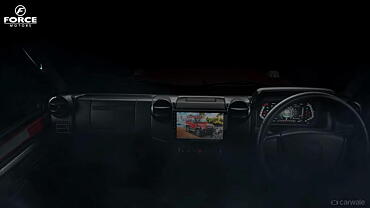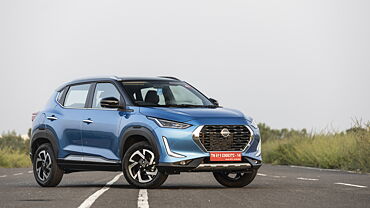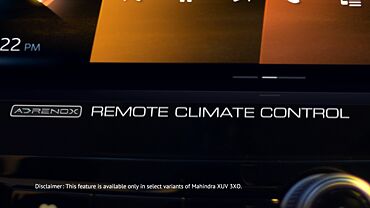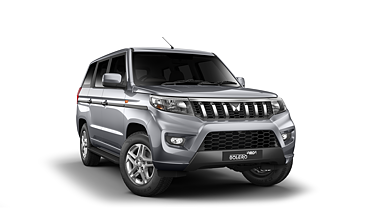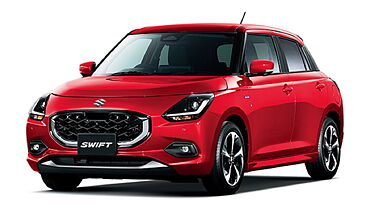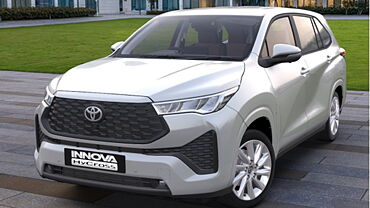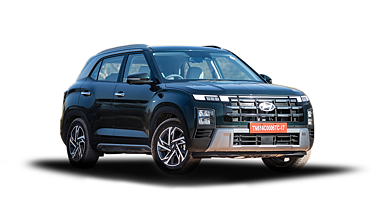Cartrade Comparison Test
For the longest time, the Mercedes-Benz E-Class has virtually owned the executive sedan segment that represents a sweet spot between the entry-level luxury and the full-on limousine space. Now Mercedes may have persevered with the old E-Class against much newer rivals but with the 2017 model, the brand is truly back in contention. Speaking of newer rivals, the Volvo S90 has proven to be an impressive newcomer in this segment with its commanding road presence and classy interiors.
Both luxury sedans on test here have their strong points and a few weaknesses, so let’s put them head to head and see what’s what.
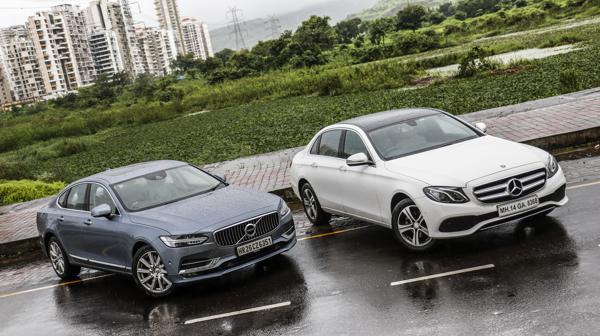
Exterior
The 2017 E-Class’ exterior look is aligned with other recent Mercedes sedans such as the S-Class and the C-Class. Despite the stark similarities, it has its own styling elements like the deep and bejewelled grille, curvier twin-blade headlamps and entirely different window-line with a large rear quarter glass. What we have here is the 4-cylinder E220d which is sold below the E350d with a bigger V6 motor. Design wise, the only visual difference between the two is apparent when you look at the alloy wheels (and the badge, of course). In every other respect, the E220d retains that S-Class-like low-slung, typically fetching stance.
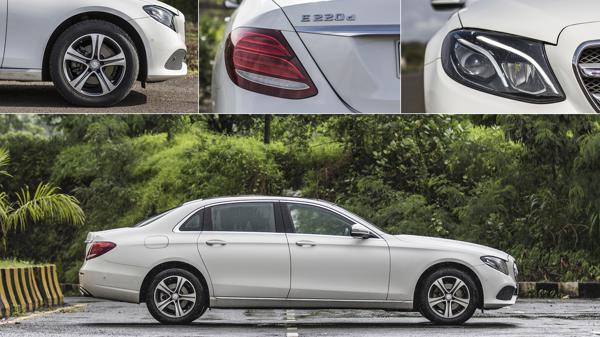
Measuring over 5m (5063mm, in fact) in length, the E220d makes full use of its sheer length to contend with the Volvo S90 which looks fantastic in profile and from the front. It’s got plenty of standout touches like the ‘Thor hammer’ LED headlights, the massive gaping grille, that strong shoulder crease and the coupe-like roofline. That being said, the S90’s rear-end divides opinions as it appears a little too dramatic, what with the large boomerang shaped headlamps and the stubby boot.

Interior
As noted in our first drive, there is no doubt the new E220d represents a genuine step forward inside the cabin compared to the old E-Class. It delivers that first-rate feel behind the wheel that the old model could never deliver –the materials feel premium to the touch, the design is elegantly clean and well laid out and the display for the COMAND infotainment system has been updated with better graphics and houses a lot more of the car’s functions than older Mercedes models.
Volvo has also used high grade leather, dull wood and chrome bits for the clean and rather cool looking dashboard. The lack of buttons and plenty of horizontal surfacing makes the whole dash clutter-free. The Volvo’s touchscreen measures in at 9-inches and has the sort of functionality that’s like a tablet or an Apple device. Nearly all of the S90’s functions can be engaged via the large touchscreen and while the display responds well enough, we are not sure if it’s the most convenient way especially on the move. Overall quality is top-notch in both the contenders, however, some of the S90’s interior bits could be better – the window switches and the engine start/stop knob feel a little flimsy.
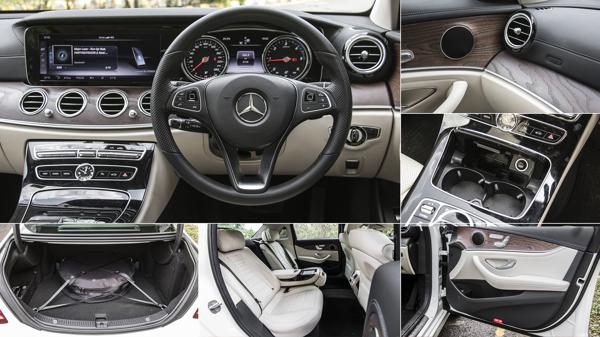
Of the two, it’s the Volvo that feels more comfortable up front with just the right amount of contour and perfect cushioning. The leather-trimmed seats, in fact, are large and comfortable even when you have spent a fair amount of time behind the wheel. The E220’s front seats do not offer the same level of under thigh support and overall snugness. The Mercedes, though, fights back as you move onto the rear seat – it’s simply the best comfort-oriented executive sedan because of the tremendous amount of legroom. The rear bench pips the one in the Volvo thanks to the immense thigh support, electrically adjustable backrests and the pillow-like extensions to the headrests. That said, it is surprising that a car as comfort-oriented as the E220d doesn’t get a single cupholder at the back.
Next to the long-wheelbase E, the S90 falls short on rear seat comfort, especially under thigh support. While it’s got a squab that’s deep enough for long legs and a backrest that’s nicely angled, Volvo has had to place the rear bench rather low to liberate more headroom. This is down to the fact that the S90’s coupe-like tapering roofline eats into the rear headroom.
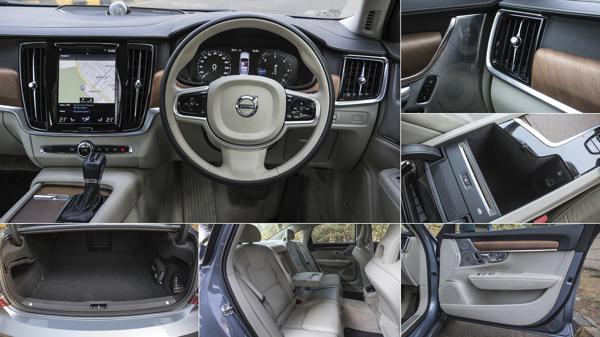
Performance
Despite their enormous footprint, both the E220d and the S90 use fairly compact diesel motors for motivation. The latter uses Volvo’s prime 2-litre, twin turbo motor whereas the E220d debuts Mercedes’ all-new 2-litre motor here in India. Starting with the Mercedes, this 1,950cc unit is noticeably smoother across the revs compared to the frankly noisy 2.1-litre motor. Putting out 194bhp at 3,800rpm and 400Nm of torque between 1,600 and 2,800rpm, there’s a strong albeit linear surge of pull right from 1,800rpm. On the move, the E220d is suitably serene in character but once pushed there’s that slight diesel clatter accompanied by a surge in low-end torque that’s both urgent and satisfying.
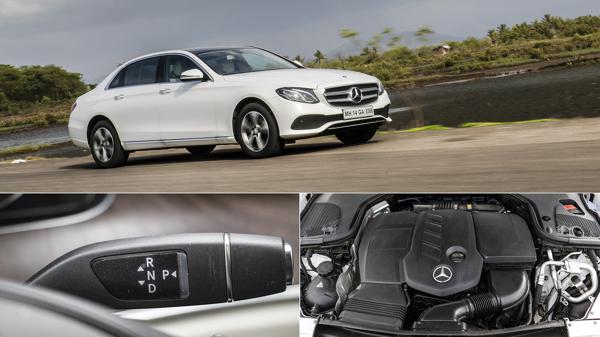
Next to the significantly improved E220d’s motor, the otherwise smooth 2-litre in the S90 feels a little less refined. Sure, its impressively smooth at low revs, pulls hard to it’s redline and has the sort of linearity in power delivery few other diesels can match, but the S90 just doesn’t feel as immediate and rapid as the Merc. A lot of it is down to the E-Class’ silken 9-speed automatic which is a touch more refined and intuitive than the S90’s 8-speed auto. Around town, it’s also less hesitant when setting off from standstill or while overtaking.
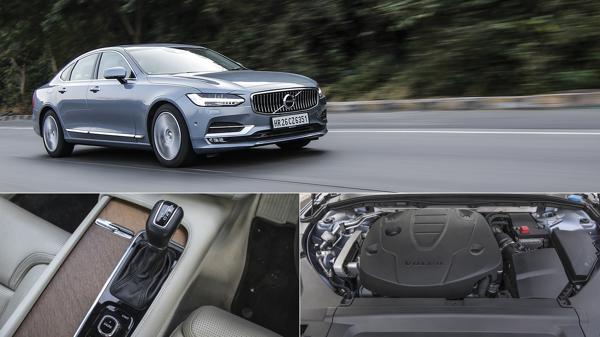
Drive them back to back and it’s pretty clear that the E220d is punchier of the two. Off the mark, there’s less turbo lag and it feels more inclined to get up to speed rapidly than the S90. However, it’s when you approach a set of corners, you realise how nimble and quick the S90 is to turn-in. The steering doesn’t offer much in terms of feedback and feels light for the most part, but the chassis is simply more reactive than the long and heavy E220d. The latter gets traditional steel springs all around but the S90 gets self-levelling air springs at the rear. The Volvo’s default Comfort mode absorbs bumps well and offers good body control and there’s really little need to switch to Sport setting in situations beyond ghat roads. Better still, the E220d behaves marginally better over bad roads – it combats sharp-edge inconsistencies better and the shock and noise intrusion from the road is also noticeably less.
Conclusion
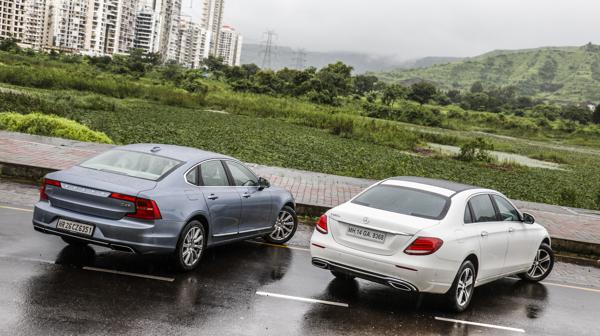
So which of these posh executive sedans deserves your pick? The choice should ideally be down to the buyers’ preference really. If you value exclusivity, good handling and imperious road presence, then you are going to prefer the S90. It’s got that sense of freshness and sparkle to its design and the way it makes you feel once you step in and start driving.
The Mercedes E220d, on the other hand, is more refined, better built on the inside, has more toys and is definitely more rear-seat focused than all its rivals. All in all, both vehicles here have their strong points and although neither does anything particularly badly, it’s the E220d that unarguably ticks more of the boxes for luxury car buyers.



![Volvo S90 [2016-2021] Volvo S90 [2016-2021]](https://imgd-ct.aeplcdn.com/160x89/cw/ec/22612/Volvo-S90-Right-Front-Three-Quarter-83299.jpg?wm=0&q=80)
